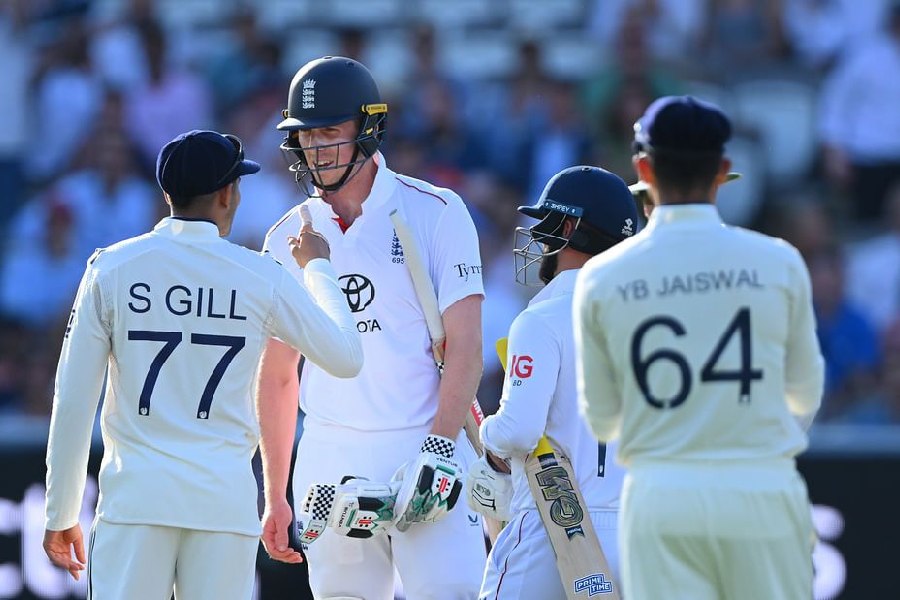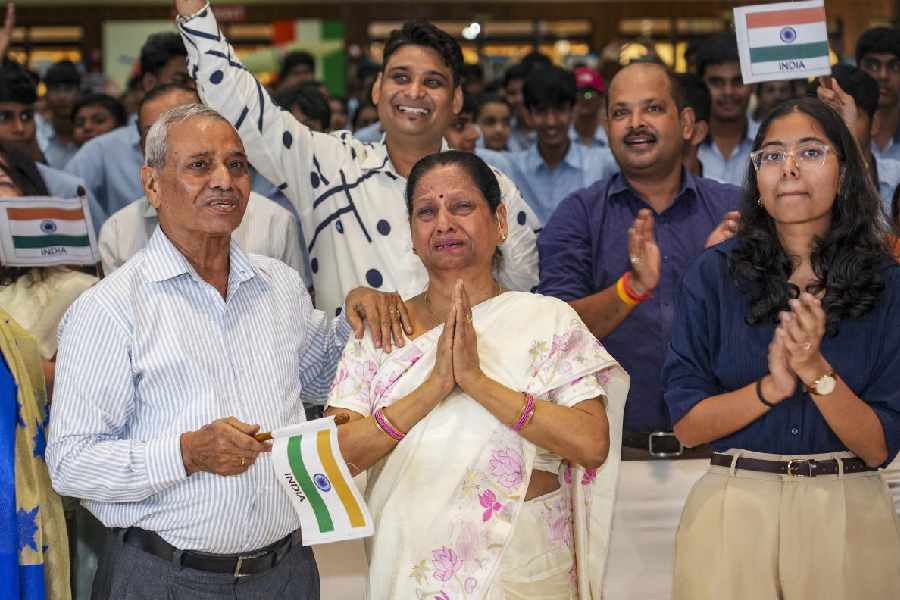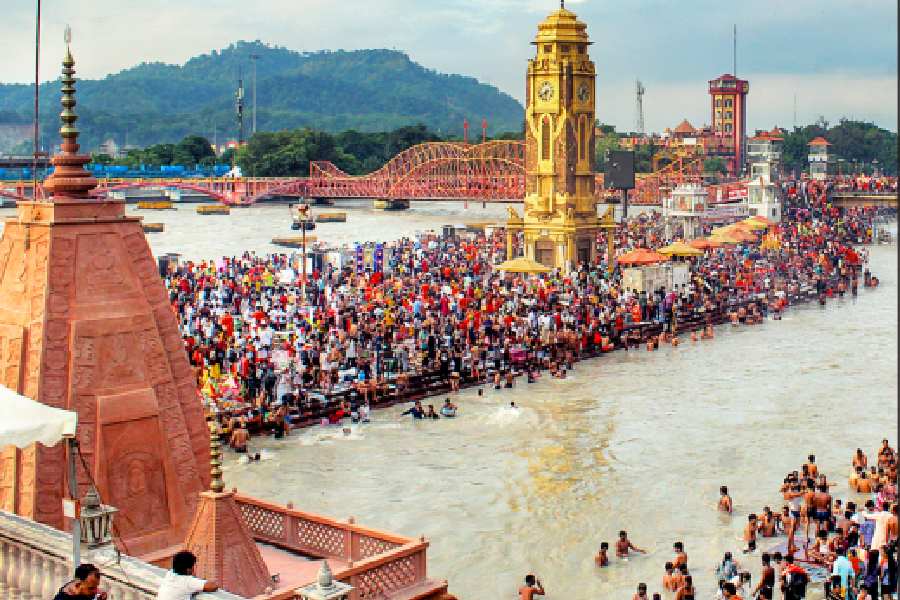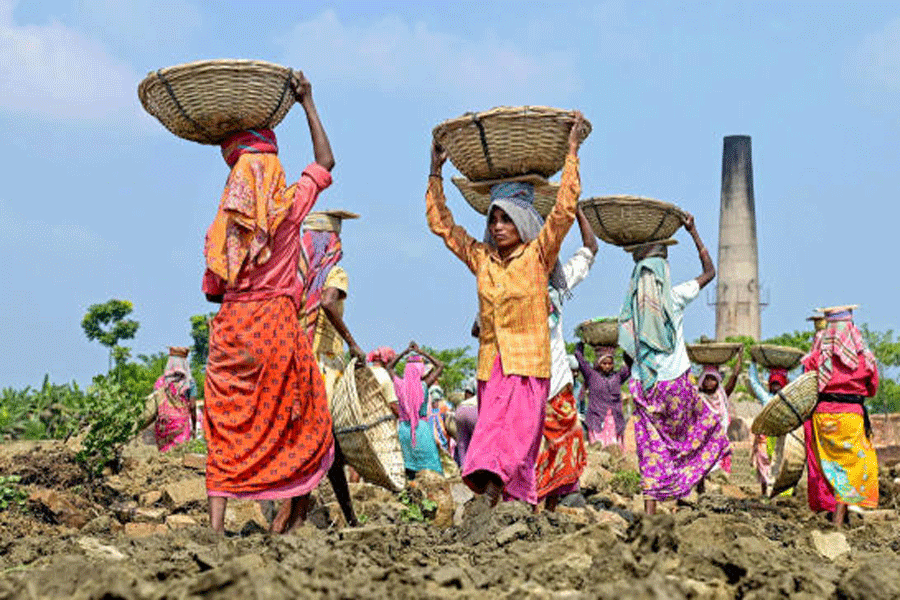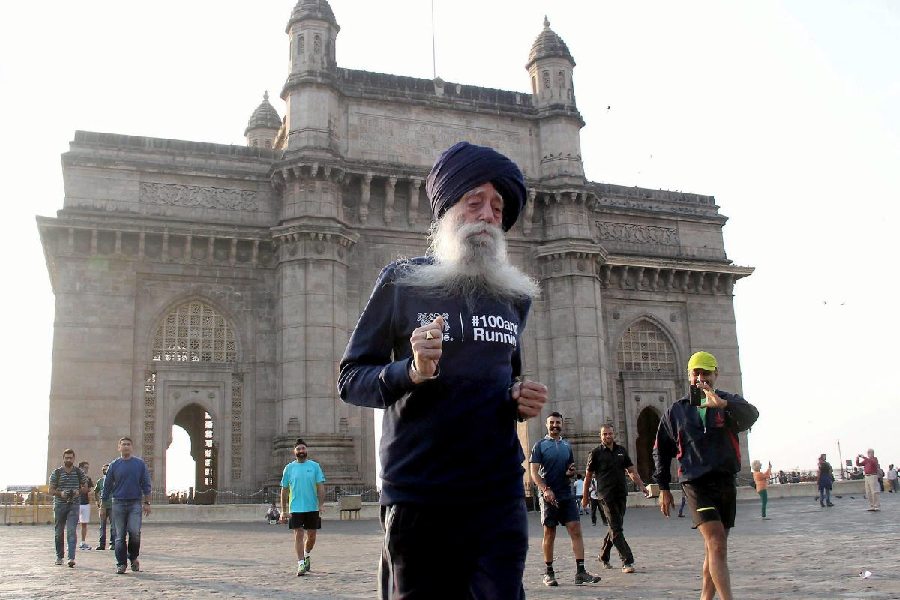|
|
No Indian spectator is worried about the prospects of any other team in this World Cup, so long as it loses on demand to India. With one exception. Desi cricket fans of a certain age, who grew up in a world where West Indian supremacy was an unchanging fact of life, are concerned about the fate of the West Indies.
The three Ws were a bit before my time, but their legend endured and their successors, the ones I actually saw play, were epic enough to satisfy the most stringent fan. Sobers, Kanhai, Lloyd, Hall, Griffith, Gibbs made up my first instalment of heroes and then, in 1974 on their tour of India, I saw a new trinity of gods make its entrance: Gordon Greenidge, Viv Richards and Andy Roberts. Lloyd was captain by now and we haven’t even mentioned Roy Fredericks, Alvin Kallicharran, Lawrence Rowe and, not least, Michael Holding (who debuted the next year). The Caribbean assembly line just kept turning out titans: Malcolm Marshall, Desmond Haynes, Joel Garner, Curtley Ambrose, Richie Richardson, Courtney Walsh and so on.
When Australia defeated the West Indies in 1995, it was the first test series the team had lost in fifteen years. Now that’s dominance; even more remarkably, despite this near-endless reign, they weren’t resented. The rest of the cricket world actually liked them.
This current West Indian squad, in contrast, have to be understood as a cast of characters in a sad fairy tale called Lara and the Eleven Dwarfs (if you count the twelfth man); sad, because there doesn’t seem to be a happy end in sight. Regardless of home advantage, if this team wins the World Cup, international cricket will have to take its temperature to check if it’s sick. I’ll be thrilled if the Windies win, because cricket needs a successful West Indies side to feel normal, but Lara’s team (no pun intended) is so second rate that if it gets to the final, world cricket ought to worry about how competitive it is. (Though, come to think of it, India won the 1983 Cup with a team that bore a passing resemblance to the present West Indian outfit. It was a team with one alpha male champion and a bunch of bit players who just happened to play out of their skins.)
What went wrong? I think I know what happened to the West Indies, though the more important question, why it happened, is a mystery. For some reason, the islands stopped producing fast bowlers. If you look at the West Indian squad, its batting is okay. Not stellar, but serviceable. There’s Lara, of course, (who ought to be pickled because he embodies West Indian batsmanship in all its flourishing glory and he doesn’t seem to have any successors), but there’s also Ramnaresh Sarwan and Chris Gayle and Shivnarine Chanderpaul, who, once you get past the hideous stance, is a resilient bat.
The trouble is that great West Indian sides were defined, not by their batsmen, but by their fast bowlers. Important as Viv Richards, Gordon Greenidge, Clive Lloyd, Alvin Kallicharran etc. were to their sides, the fast men — Michael Holding, Andy Roberts and Malcolm Marshall — were more crucial still. And I mean ‘fast’ bowlers, not fast-medium or medium-fast or medium. The reason Courtney Walsh kept going as long as he did was because, as a great and loyal servant of West Indian cricket, he tried to buy time for the islands to produce someone to whom he could pass the fast bowling flame. Only, no one turned up.
The present squad has one bowler, Jerome Taylor, who is genuinely quick. There’s Corey Collymore, who’s a decent fast-medium bowler with some experience; Dwayne Bravo, a promising all-rounder but no more than medium-fast, and then there’s Daren Powell, a twenty-eight year old rookie of no great promise, who is billed as fast-medium. A team that used to have a battery of four quicks, with a couple of others, equally fast, on the bench, doesn’t have a single exceptional bowler. Sri Lanka has a scarier pace attack — that’s how much the balance of power in the cricketing world has changed since the eclipse of the West Indies. Mashrafe Murtaza and Sreesanth would fancy their chances (given the right passport) of forcing their way into this West Indian team.
The squad has three players of Indian origin: Chanderpaul, Sarwan and Denesh Ramdin, the wicket-keeper. That’s unusual. ‘East Indian’ players always figured in West Indian teams — Sonny Ramadhin, Rohan Kanhai, Alvin Kallicharran, Raphick Jumadeen to name a few — but in ones or (rarely) twos. One explanation for this larger presence speculates that the poor rural Indian communities of Barbados and Trinidad supply an increasing proportion of West Indian cricketers because they haven’t yet been seduced by American television and the NBA. If that’s true, it might explain the decline of West Indian fast bowling because India and its diaspora aren’t famous for tearaway quicks.
On the other hand, I’ve also heard West Indian commentators rubbish the idea that Afro-Caribbean youngsters, having found new role models in black American basketball players, are abandoning cricket en masse. A lack of infrastructure, arguments about central contracts, the difficulties inherent in managing a team made up of citizens from several nations are some of the many causes cited for the absence of good fast bowlers.
So there isn’t one persuasive theory for the extinction of West Indian quicks any more than there is a reasonable explanation for the recent awfulness of West Indian fielding. Right through the Sixties and Seventies, the West Indies were the best fielding side in the world. Sobers, Lloyd, Richards, Greenidge set very high standards when it came to litheness and sure-handedness and speed. Recent West Indian squads have been almost comically inept in the field. How has this come to pass is even more baffling than the decline in the quality of their fast-bowling, because most people assume (perhaps wrongly) that fielding skills, based as they are upon a culture of outdoor sport and athleticism, ought to be more resistant to the fluctuations in form that plague batsmen and bowlers.
I hope the West Indian team has a great World Cup: which is to say, I hope it gets to the semi-finals. Getting that far would be a coup. Getting further would be a schoolboy romance: wonderful for nostalgists like me, but a poor reflection on contemporary cricket.



